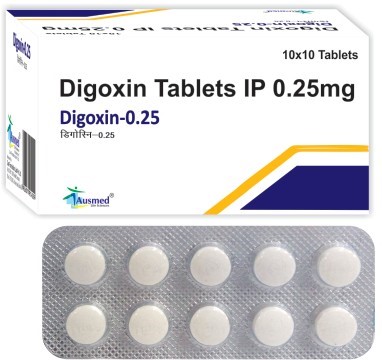A nurse is planning to teach a client about a high-potassium diet. Which of the following foods should the nurse instruct the client to eat? (Select all that apply.).
Sweet Potatoes.
Bananas.
Grapes.
Watermelon.
Correct Answer : A,B,D
The correct answer is choices A, B, and D. Here are the rationales for each choice:
Choice A rationale:
Sweet potatoes are an excellent source of potassium. One medium sweet potato contains about 542 mg of potassium, making it a great option for a high-potassium diet.
Choice B rationale:
Bananas are well-known for their high potassium content. A medium banana provides approximately 451 mg of potassium, which is beneficial for maintaining proper muscle and nerve function.
Choice C rationale:
Grapes are not particularly high in potassium compared to other fruits. They contain some potassium, but not enough to be considered a significant source for a high-potassium diet.
Choice D rationale:
Watermelon is a good source of potassium. Two wedges of watermelon contain about 640 mg of potassium, making it a suitable choice for increasing potassium intake.
Nursing Test Bank
Naxlex Comprehensive Predictor Exams
Related Questions
Correct Answer is B
Explanation
Other electrolyte disturbances.
Choice A rationale:
Drug toxicity is not directly related to hypocalcemia. The main concern in hypocalcemia is the calcium imbalance itself, not drug toxicity.
Choice B rationale:
Other electrolyte disturbances should be assessed because imbalances in other electrolytes, such as potassium and magnesium, are often associated with hypocalcemia. Electrolyte imbalances can interact and exacerbate each other, potentially leading to more severe complications.
Choice C rationale:
Hypertension is not a typical assessment finding in hypocalcemia. Hypertension is not directly related to calcium levels but may have other underlying causes.
Choice D rationale:
Visual disturbances are not commonly associated with hypocalcemia. Hypocalcemia is more likely to present with neuromuscular and cardiovascular symptoms, rather than visual disturbances.
Correct Answer is D
Explanation
Digoxin. Choice A rationale:
Potassium chloride (KCL) is a supplement used to treat or prevent low potassium levels. While it can have side effects, visual disturbances are not typically associated with KCL. Therefore, it is not the medication the nurse suspects to be causing the problem.
Choice B rationale:
Warfarin (Coumadin) is an anticoagulant used to prevent blood clot formation. Visual disturbances are not a known side effect of warfarin. Therefore, it is unlikely to be the cause of the patient's symptoms.
Choice C rationale:
Aspirin (ASA) is a pain reliever and antiplatelet medication, and while it can cause visual disturbances in some cases, it is not a common or significant side effect. Aspirin is also not specifically linked to atrial fibrillation.
Choice D rationale:

Digoxin (Lanoxin) is used to treat atrial fibrillation and heart failure. Visual disturbances are a known side effect of digoxin toxicity. Given the patient's diagnosis of atrial fibrillation and the reported symptoms, the nurse suspects the problem lies with digoxin and should further investigate and report to the provider.
Whether you are a student looking to ace your exams or a practicing nurse seeking to enhance your expertise , our nursing education contents will empower you with the confidence and competence to make a difference in the lives of patients and become a respected leader in the healthcare field.
Visit Naxlex, invest in your future and unlock endless possibilities with our unparalleled nursing education contents today
Report Wrong Answer on the Current Question
Do you disagree with the answer? If yes, what is your expected answer? Explain.
Kindly be descriptive with the issue you are facing.
